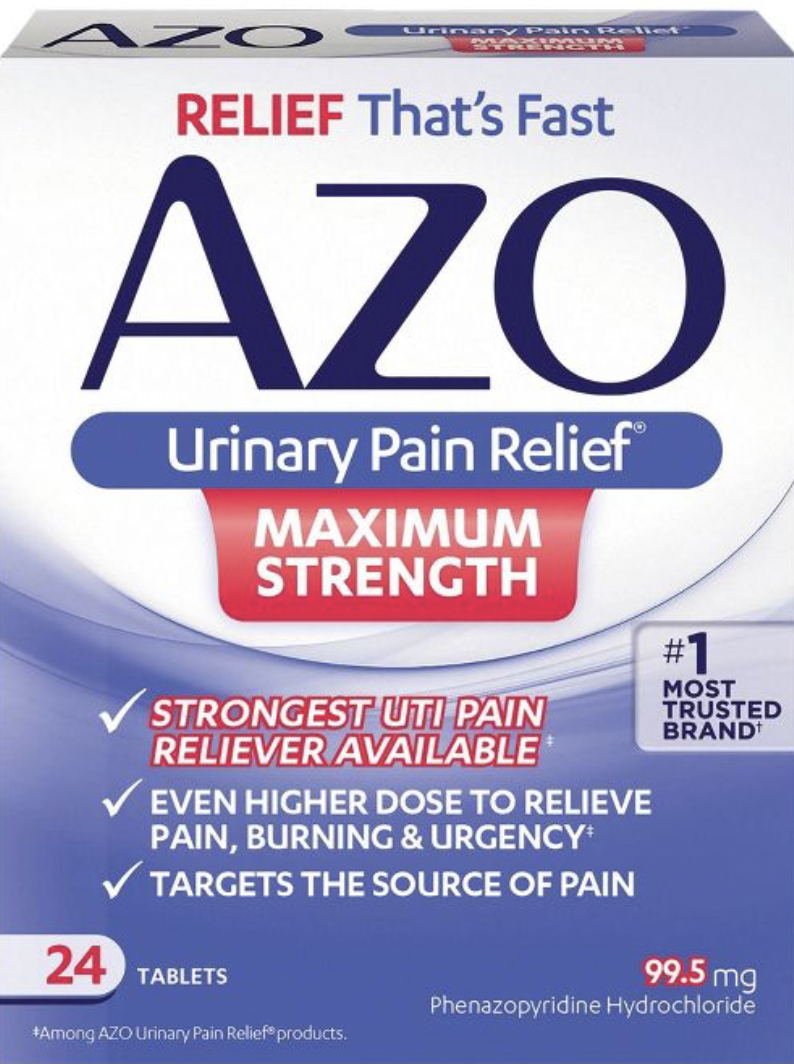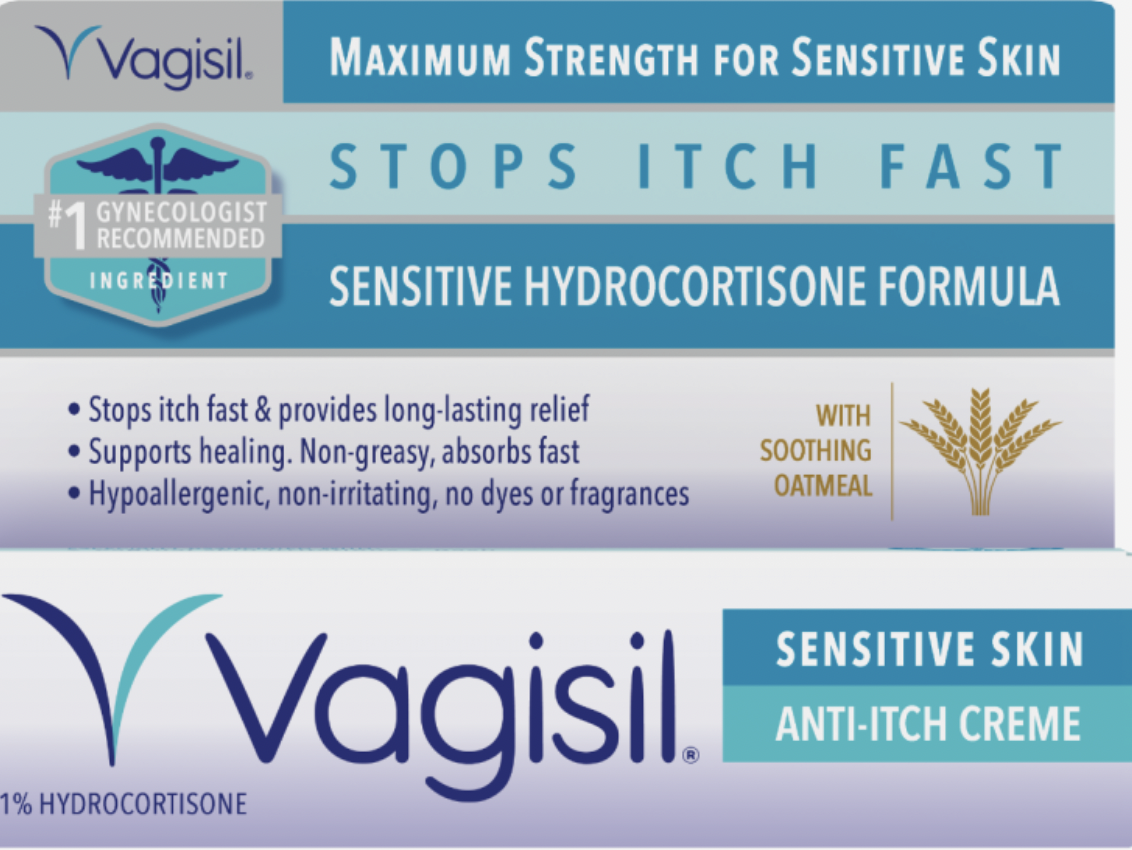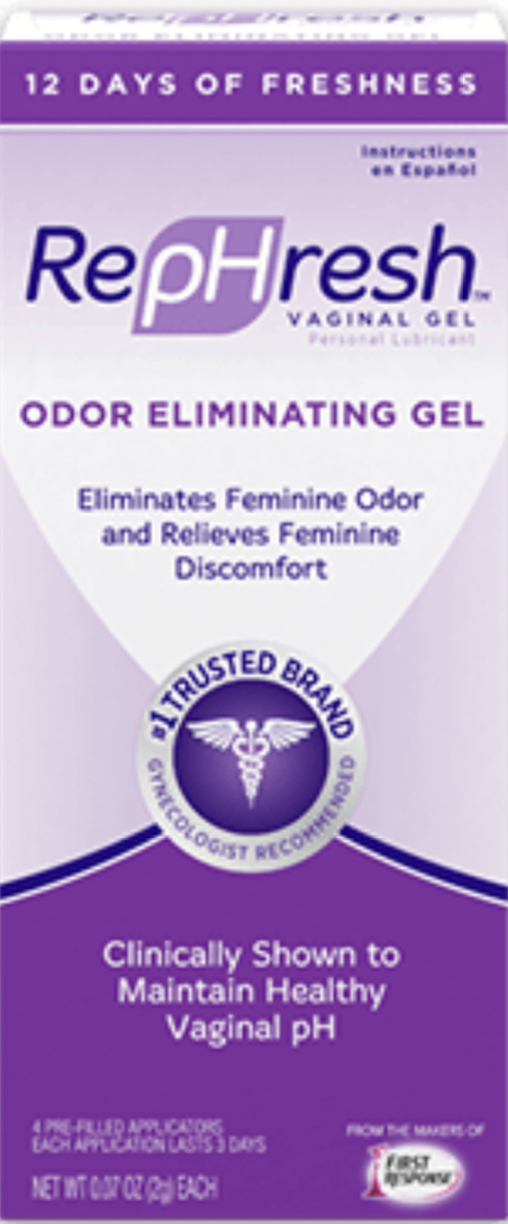OTC feminine care products - what they’re for and when you should use them!
By Sara Twogood, MD
Have you ever looked at the “feminine hygiene” aisle at Target and just wondered what all these feminine care products are for? Could – and more importantly, should – you use them? It’s a blessing and a curse. Some of the symptoms females have can absolutely be treated with OTC ointments and medications, potentially saving them money and time. But other times, these products are selling things females don’t need. No, you don’t need a douche for your vagina. No, your vulva should not smell like flowers.
Confusing messages and it’s hard to know what’s what.
Here’s a list of 4 OTC feminine care products that I find myself discussing with patients (because they ask, or because I like them):
What they’re used for. NOTE: not a good idea to use them for something else.
How to use them. TIP: often times the packaging instructions are complete and DON’T OVERUSE THEM.
And when to see a doctor instead. HINT: when they don’t work or you’re not really sure what you’re treating
Miconazole (Monistat)
Used for: yeast infection treatment
Most people can self-diagnose a yeast infection (here’s a great article about typical symptoms and self-diagnosis). And it can be perfectly safe to treat yourself without needing evaluation by your doctor!
Miconazole is the OTC treatment. The brand name is Monistat and with most brand / generics, it’s often just fine to use the generic.
This is an anti-fungal cream that is inserted into the vagina to get rid of the yeast overgrowth. There are 1 day, 3 day, and 7-day options. USE THE 7 DAY COURSE. I know it’s tempting to use just the 1 or 3-day course but guess what? They all get rid of the yeast symptoms in the same amount of time! The 1 and 3-day doses are so concentrated that they cause inflammation of the skin – that can temporarily worsen symptoms.
If you’re unsure about your symptoms, be evaluated before self-treating– it may not be yeast after all. Treating a non- yeast infection with miconazole won’t get rid of the problem and may actually cause more symptoms.
And if your symptoms do not go away within 7 or so days after starting treatment, be evaluated. There are uncommon types of yeast that are resistant to the traditional treatments, or it may be a sign that you misdiagnosed your symptoms!
Phenazophyridine (Pyridium and AZO)
Used for: bladder pain with a UTI
Yes, Pyridium and Azo are both brand names for a medication called phenazopyridine.
Pyridium is used to help with the excruciating pain that is a UTI.
How it works? Your guess is as good as mine … but it definitely can!
The mechanism of action is unknown, but it’s thought that the dye in the medication helps with a local analgesic / anesthetic effect – this means pain relief or numbing effect in the bladder itself.
It won’t cure a UTI. If the symptoms are truly from a bacterial infection in the bladder, antibiotics are the only thing that can ultimately cure that. But it can be used to help with the pain until the antibiotics kick in! People also can experience bladder pain that is not related to a UTI. And while those symptoms should be evaluated by a urologist (preferable a female pelvic floor urology specialist), AZO is often prescribed to help with symptoms.
Few warnings: It can make the urine an orange / bright yellow color. This is normal but can be weird to see! Also, it’s filtered through kidneys (which is how it makes it to the bladder!), so only take the dose directed on the packaging to avoid kidney problems (and best to avoid altogether if kidney problems are already present).
Hydrocortisone (Vagisil)
Used for: vulvovaginal itching and inflammation
Hydrocortisone is a mild topical steroid – good for treating topical and local skin inflammation.
Vulvas can sometimes be irritated and itch from underlying inflammation. Often this inflammation is triggered by an infection like yeast, but then the symptoms linger long after the yeast is gone. There are several other vulvar dermatoses (this is the fancy word for vulvar skin problems) that are helped with topical steroids too (and we’ll get to those eventually). Since hydrocortisone is very mild, if it doesn’t work, a stronger prescription steroid may be the solution. This is actually true about several OTC medications (but absolutely NOT true about others, which is why you should always just use the medication per instructions unless a doctor advises you otherwise).
If there are any visible bumps / lesions / spots / patches on the vulva, it’s usually a good idea to have them looked at by a professional before treating. And for BV or yeast, the underlying cause needs to be treated and not just the skin symptoms, so that’s an evaluation too.
Bottom line is OTC hydrocortisone can be helpful when there is nothing to see and no other symptoms present except some mild itching and irritation.
For optimal use, this is what I recommend for my patients:
Start with a sitz bath. Soak the area in luke warm water for 10-15 minutes.
Pat dry with soft towel. Never rub.
Apply thin layer of hydrocortisone to area of itching.
Repeat twice a day for 7 days
RepHresh
Used for: rebalancing the vaginal pH
Many of my patients ask about RepHresh and using it to treat symptoms of a yeast infection or BV.
It’s available over the counter and the promise of a simple vaginal gel to restore pH balance is intriguing.
RepHresh is a vaginal pH modulator called polycarbophil – which is a gel that helps create a more acidic environment.
When it comes to BV – there is some promise. A few small studies have shown it can help with symptoms and treatment of BV. Remember, BV is an imbalance of the microbiome in the vagina, causing a more basic pH. This gel (and the new contraception Phexxi) help promote a more acidic pH, which may help restore the balance.
When it comes to yeast – it’s no help. Don’t use it. Yeast thrives in the acidic environment of the vagina, so a pH modulator won’t do anything!
This is the thing I hate about it: their advertising of “odor eliminating”. Yes, BV has an odor and yes, treating BV can make that odor go away. But to make a blanket statement about vaginas and odors is supporting the shame marketing that goes into too many feminine hygiene products. Do better, RepHresh.




